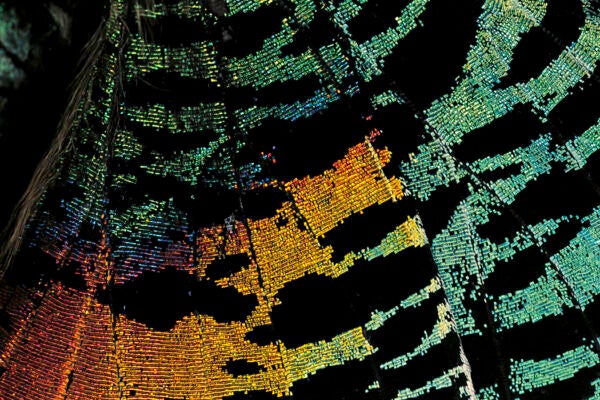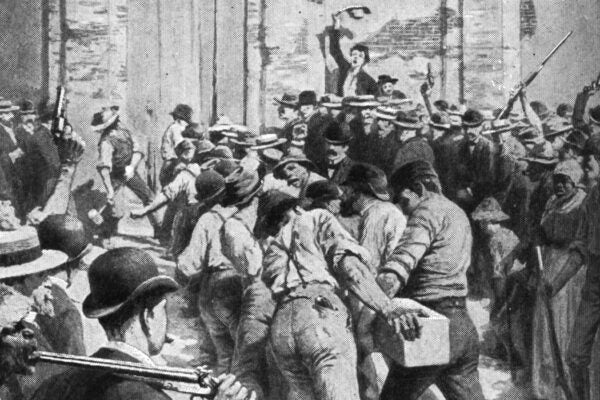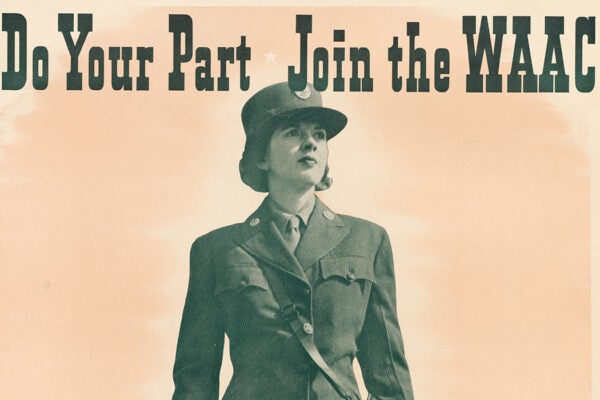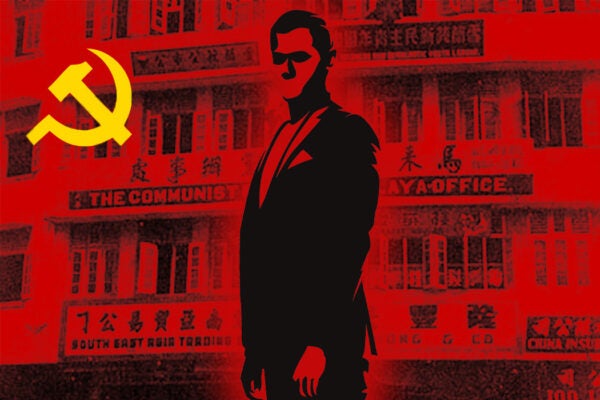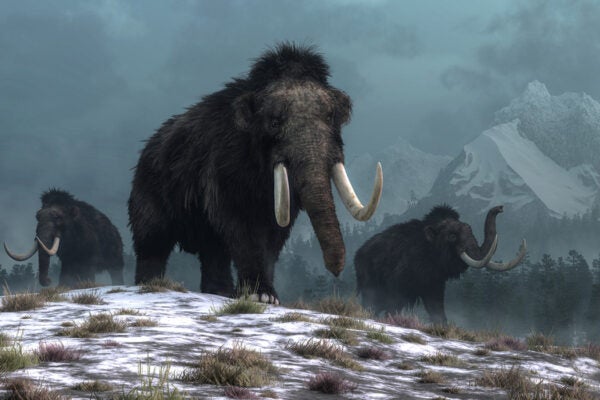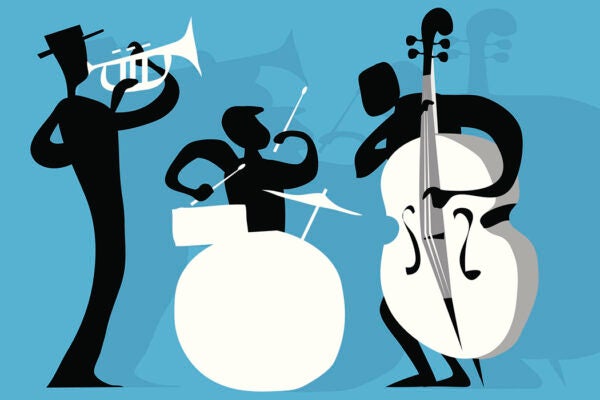Animal Physics, Storm-Chasing, and Big Meat
Well-researched stories from The Conversation, Mongabay, and other great publications that bridge the gap between news and scholarship.
Attacking Italians in Louisiana
Italian immigrants had no qualms about working and living alongside Black Americans, which made them targets for violence by white vigilantes in Louisiana.
Battery X: A Secret Test of Women at War during WWII
Although their contributions have been largely forgotten, women played an active role in Washington DC’s air defense system during World War II.
Juke in the Box
The jukebox turned listening to music into a performative act. With a single coin, listeners could share their musical taste with everyone in the place.
Lai Teck, International Man of Mystery
A Vietnamese double agent who infiltrated and led the Communist Party of Malaya in the 1930s, Lai Teck also spied for the British and the Japanese.
Potato Power!
How the potato changed the course of world history…twice.
Buddhist Pacifists at War
In the early centuries of Vajrayāna Buddhism in India, practitioners worked to reconcile the religion’s teaching of nonviolence with the realities of warfare.
Did Inbreeding Cause the Woolly Mammoth’s Extinction?
Research suggests it was more sudden than that.
Legal Personhood: Extending Rights to Nature?
The idea of awarding legal personhood to nature has received renewed attention in the contemporary environmental justice movement, but much contention remains.
The Barrier-Breaking Ozark Club of Great Falls, Montana
The Black-owned club became a Great Falls hotspot, welcoming all to a music-filled social venue for almost thirty years.
